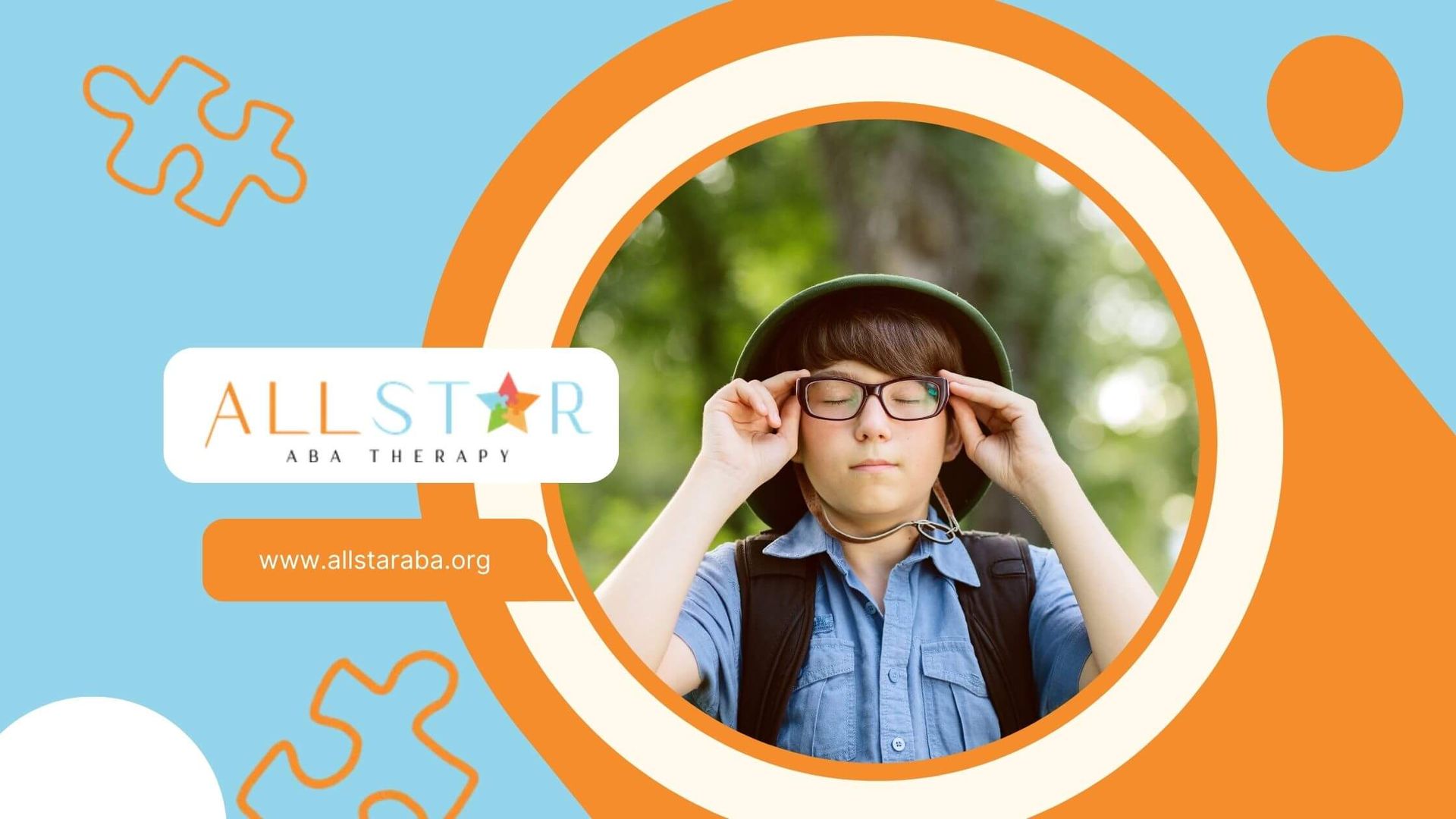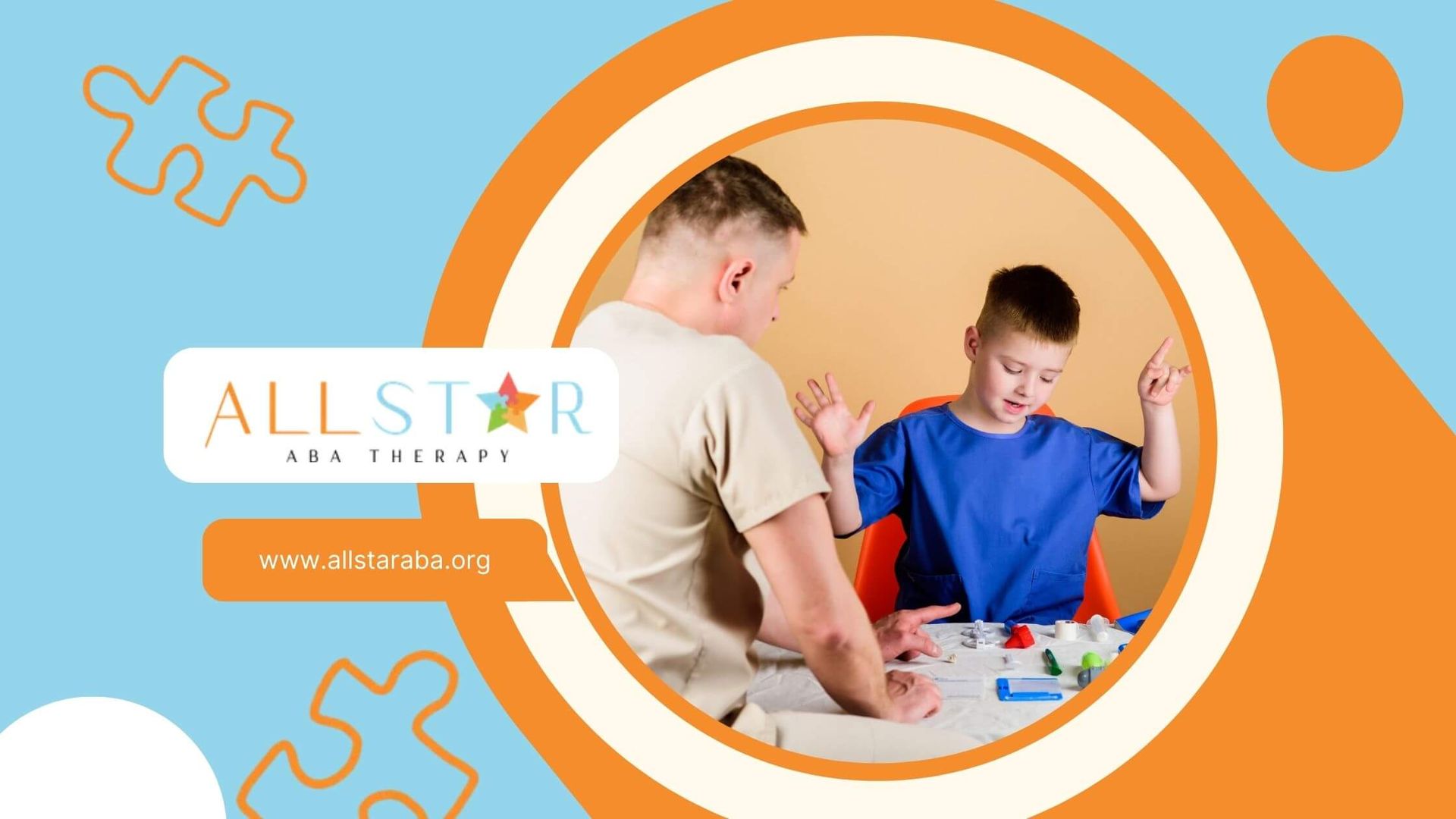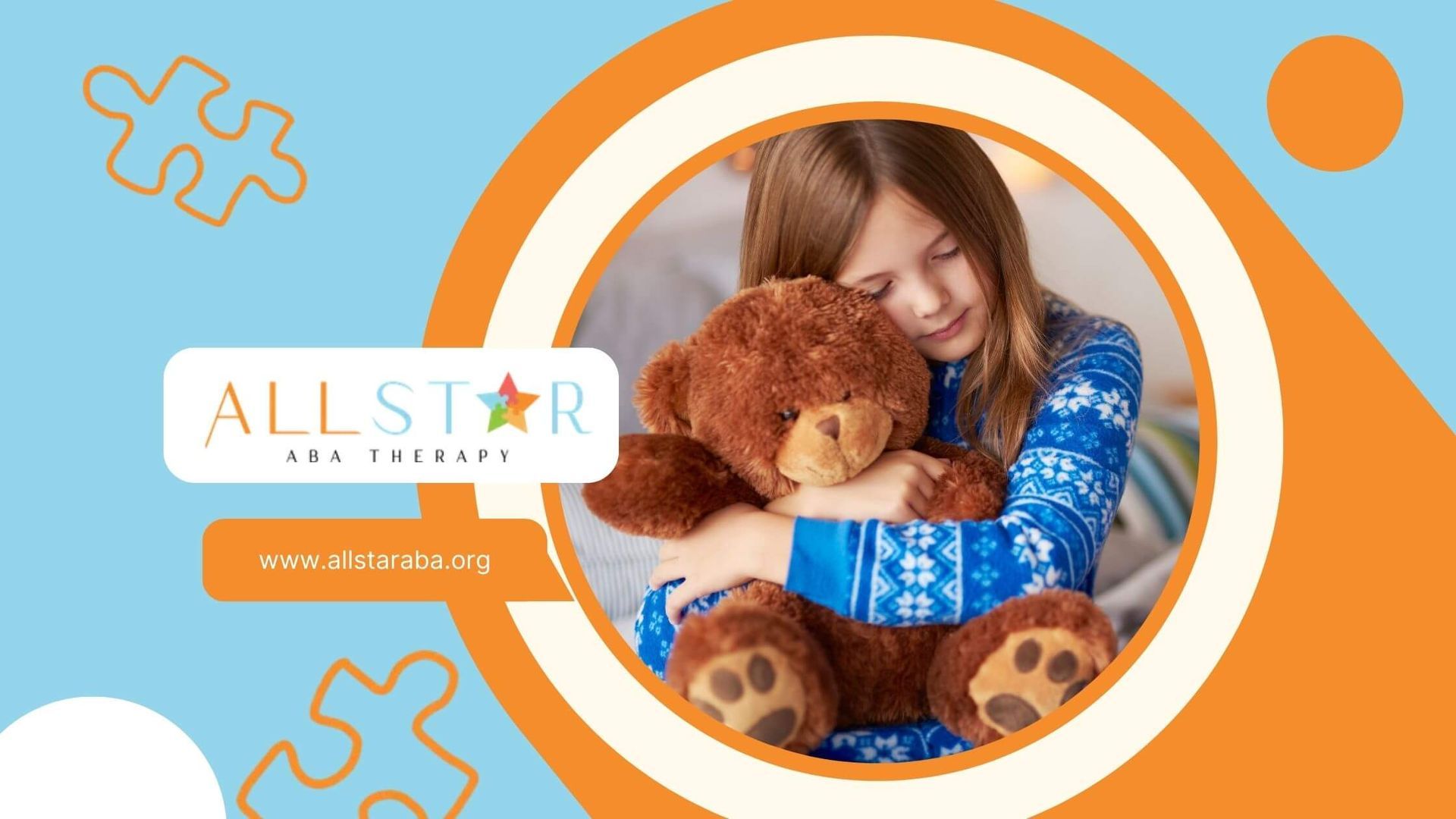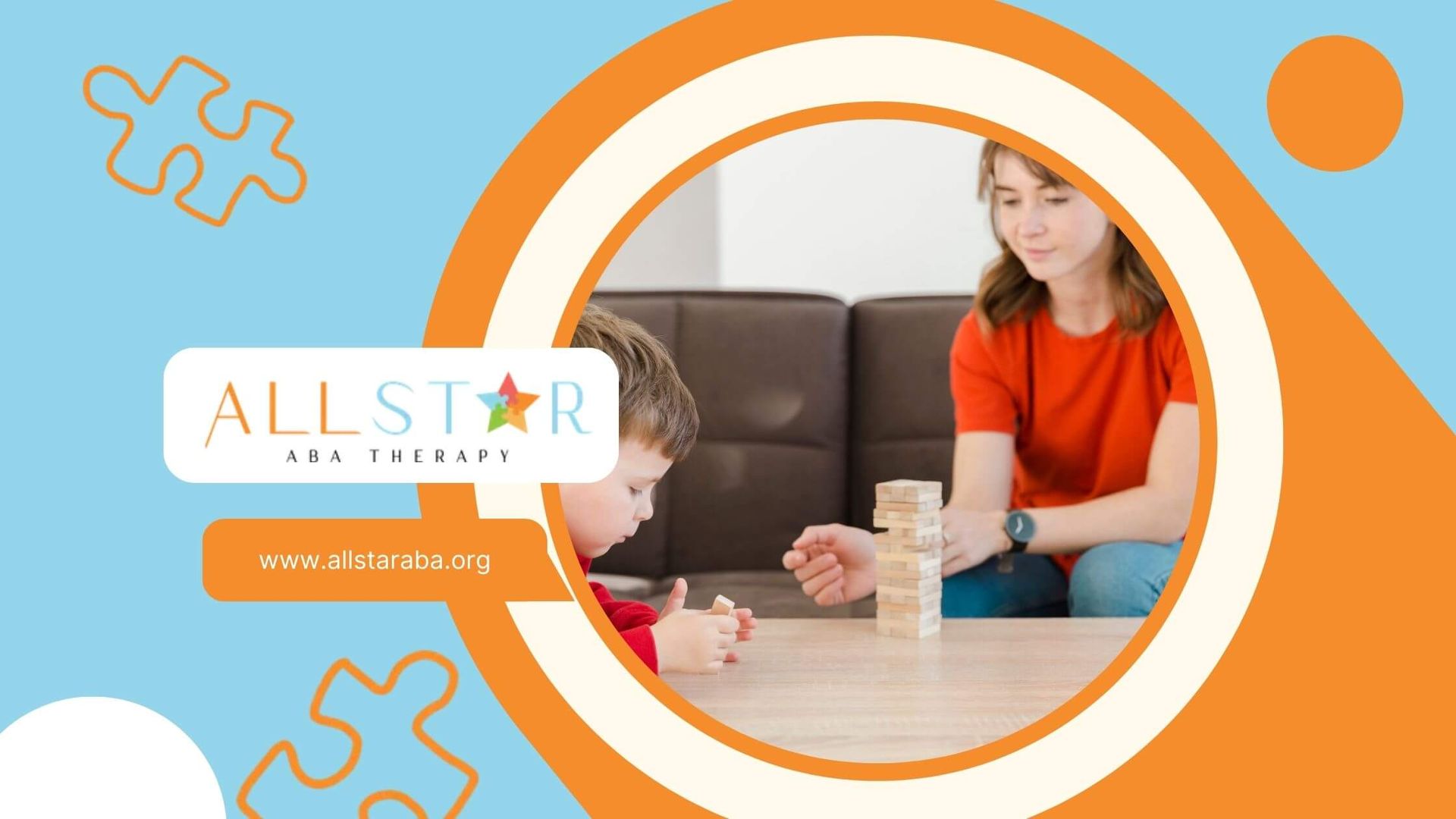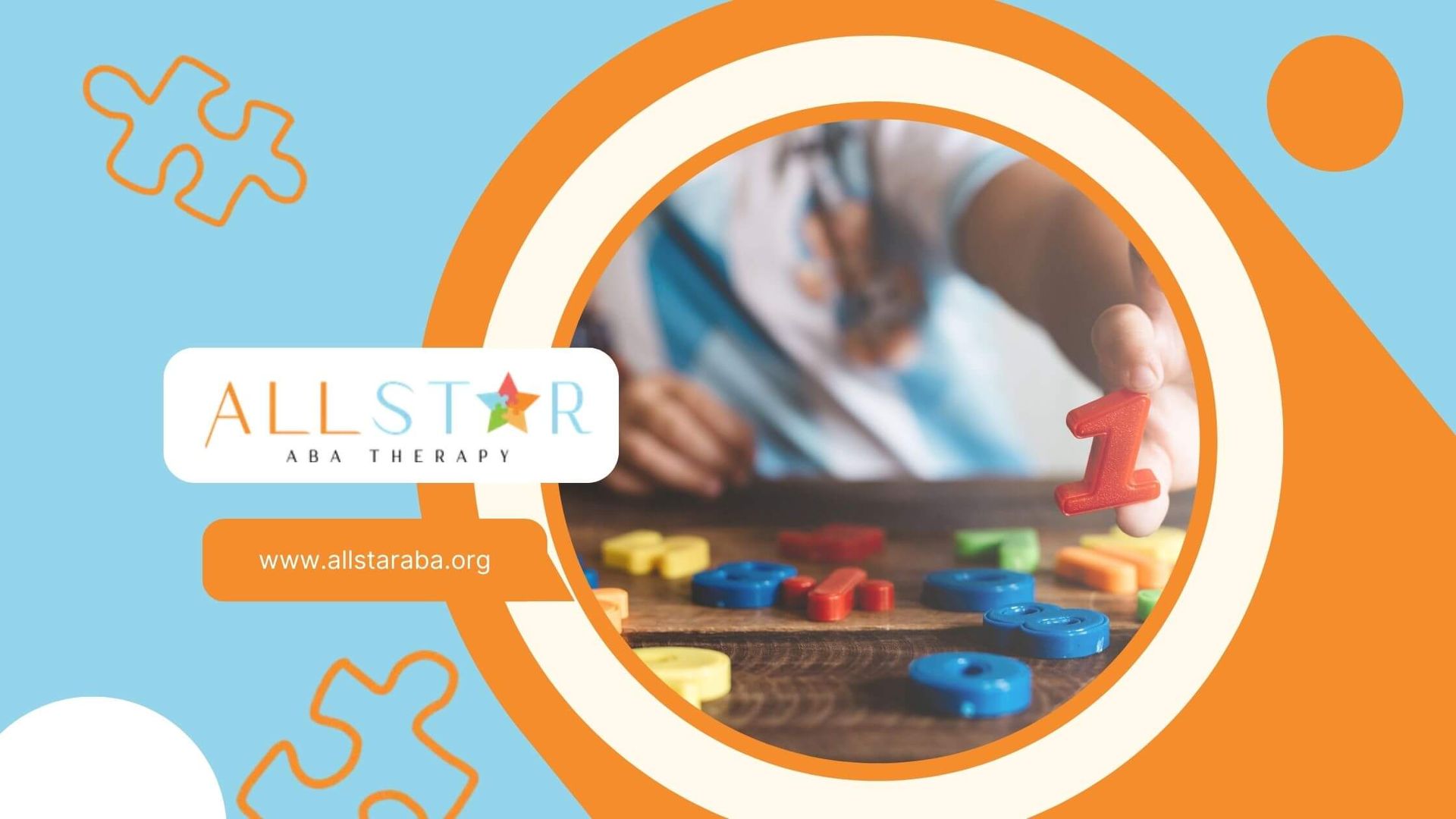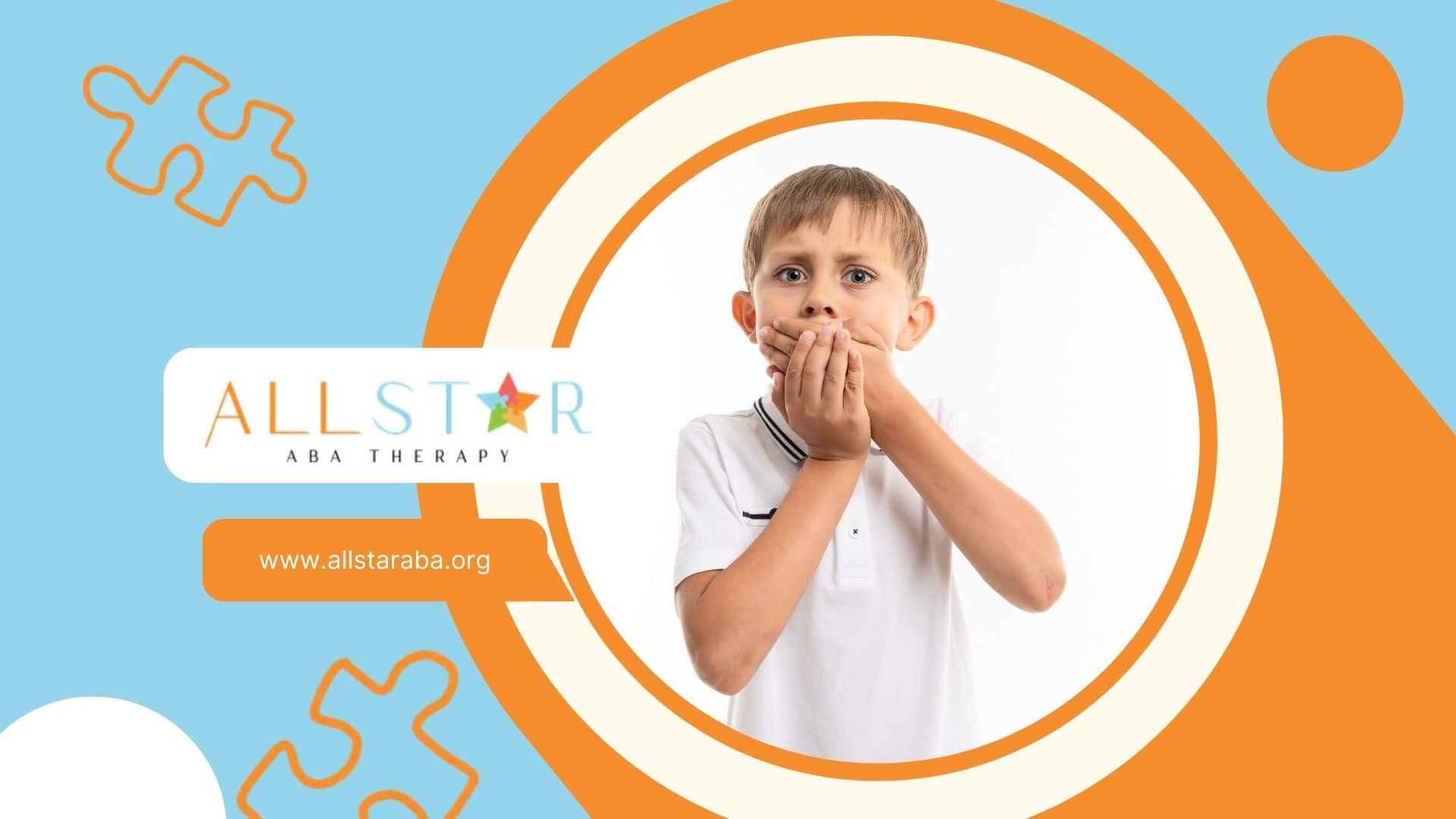New Paragraph
Unveiling the Distinctions: Autism vs ADHD Unraveled
Understanding Neurodevelopmental Disorders
Neurodevelopmental disorders are conditions that typically manifest early in development, leading to impairments in personal, social, academic, or occupational functioning. Among these, Autism Spectrum Disorder (ASD) and Attention-Deficit/Hyperactivity Disorder (ADHD) are two of the most commonly discussed and diagnosed conditions. It is essential for parents, educators, and healthcare professionals to understand the defining characteristics and prevalence of these disorders, as well as their potential overlap.
Defining Autism and ADHD
Autism, more formally known as Autism Spectrum Disorder (ASD), is characterized by challenges with social interaction, communication, and a tendency to engage in repetitive behaviors. These symptoms can range from mild to severe and are usually noticed in the early developmental stages of a child's life.
Attention-Deficit/Hyperactivity Disorder (ADHD), on the other hand, is marked by an ongoing pattern of inattention and/or hyperactivity-impulsivity that interferes with functioning or development. Individuals with ADHD may struggle with maintaining focus, following through on tasks, and may act impulsively without considering the consequences.
Despite both being neurodevelopmental disorders, ASD and ADHD have distinct symptom profiles, which can sometimes make it challenging to differentiate between the two. Understanding these distinctions is crucial for accurate diagnosis and effective intervention, and it is well-discussed in our section on autism and ADHD differences.
Prevalence and Co-occurrence
ASD and ADHD are not uncommon, with current estimates suggesting that approximately 1.5%-2% of the population has ASD, while 5%-9% may have ADHD. These numbers indicate that both conditions are prevalent concerns in the community.
The co-occurrence of these two disorders is a significant area of interest. Research reveals that there is a
high degree of overlap, with 30%–80% of children with ASD also meeting the criteria for ADHD, and 20%–50% of children with ADHD meeting the criteria for ASD. This overlap suggests shared genetic and neuroanatomic connections, which are further discussed in the sections covering
understanding autism and ADHD and
symptoms of autism and ADHD.
| Disorder | Estimated Prevalence | Co-occurrence with Other Disorder |
|---|---|---|
| ASD | 1.5%-2% | 30%–80% meet criteria for ADHD |
| ADHD | 5%-9% | 20%–50% meet criteria for ASD |
These findings emphasize the importance of comprehensive and nuanced assessments for accurate diagnosis and tailored interventions. More detailed insights into the diagnosis process can be found in our article on diagnosing autism and ADHD.
Identifying Autism
Autism Spectrum Disorder (ASD) is a complex neurodevelopmental disorder that presents a myriad of challenges for individuals and their families. Understanding the core characteristics, communication hurdles, and patterns of social interaction and repetitive behaviors is essential for identifying autism.
Core Characteristics
The core characteristics of autism encompass a wide range of symptoms and behaviors, but typically include difficulties with social communication and interaction, and a tendency toward repetitive behaviors or restricted interests. These symptoms can vary in severity, which is why ASD is referred to as a spectrum. Here is a brief overview of the primary traits:
| Core Characteristic | Description |
|---|---|
| Social Interaction Difficulties | Challenges in understanding and engaging in typical social behaviors. |
| Communication Difficulties | Delays in language development or non-verbal communication struggles. |
| Repetitive Behaviors | Engaging in repeated movements, routines, or activities. |
| Resistance to Change | Difficulty coping with changes in routine or environment. |
| Sensory Sensitivities | Over- or under-reaction to sensory stimuli. |
These characteristics help professionals in diagnosing autism and ADHD and differentiate autism from other neurodevelopmental disorders, including ADHD. For a more comprehensive look at autism and ADHD differences, our dedicated article provides valuable insights.
Communication Challenges
Individuals with autism often face significant communication challenges. These can manifest as delayed speech development, difficulties with maintaining conversations, or struggles with understanding non-verbal cues. Some may use alternative forms of communication, such as sign language or picture-based systems. It is important to recognize that each individual's communication needs are unique, and strategies that work for one person may not be suitable for another.
Effective communication support is crucial, and can include speech therapy, social skills training, and the use of technology to aid in expression and comprehension. Parents and educators looking for assistance can find helpful strategies in our article on understanding autism and ADHD.
Social Interaction and Repetitive Behaviors
Social interaction difficulties are a hallmark of autism. Individuals with ASD may struggle to form and maintain relationships, understand social cues, or share interests with others. These challenges can impact an individual's ability to function in social settings, including school and the workplace.
Additionally, repetitive behaviors and restricted interests are common among individuals with autism. These can include hand-flapping, rocking, intense interest in specific topics, and insistence on following routines or rituals. While these behaviors can provide comfort and structure, they may also interfere with daily life and learning.
Understanding these behaviors is key to providing the right support, and can involve structured behavioral interventions, environmental accommodations, and the development of coping strategies. For those seeking more information on the symptoms of autism and ADHD, our resource offers an in-depth analysis.
In summary, identifying autism requires a nuanced understanding of an individual's unique challenges and strengths. A professional evaluation is vital for an accurate diagnosis and to determine the appropriate interventions and supports.
Recognizing ADHD
Attention-Deficit/Hyperactivity Disorder (ADHD) is a neurodevelopmental condition characterized by a persistent pattern of inattention, hyperactivity, and impulsivity that interferes with functioning or development. Recognizing the signs and symptoms of ADHD is crucial for early intervention and support.
Attention and Concentration Issues
Children and adults with ADHD often struggle with sustaining attention and concentration. They may appear easily distracted, have difficulty following through on instructions, and often fail to finish schoolwork, chores, or other activities. These attention issues are not the result of defiance or a lack of understanding; rather, they stem from the underlying neurodevelopmental disorder.
Symptoms often reported include:
- Forgetfulness in daily activities
- Difficulty sustaining attention in tasks or play
- Avoidance or reluctance to engage in tasks that require sustained mental effort
| Age Group | Common Attention Issues |
|---|---|
| Preschool | Difficulty focusing on one activity |
| School-age | Trouble staying on task with schoolwork |
| Adolescents and Adults | Challenges in completing tasks at work or managing time effectively |
Source: Understood
Hyperactivity and Impulsivity
Hyperactivity in ADHD is manifested by excessive movement, fidgeting, or an inability to stay seated when it is expected. Impulsivity refers to hasty actions without forethought, which can have a high potential for harm or negative consequences. This can include interrupting conversations, intruding on others' activities, or making important decisions without considering the long-term repercussions.
Symptoms of hyperactivity and impulsivity include:
- Fidgeting or tapping hands or feet
- Inability to play quietly
- Always "on the go" as if "driven by a motor"
- Blurting out answers or inappropriate comments
Academic and Behavioral Impact
ADHD can have a significant impact on academic and social functioning. In the classroom, students with ADHD may have trouble organizing tasks, following instructions, and completing assignments. These challenges can contribute to academic underachievement and behavioral issues.
Behavioral impacts include:
- Disruptive behavior in class
- Difficulty waiting for a turn or in line
- Challenges in forming and maintaining friendships
Understanding and identifying the signs of ADHD is a step towards getting appropriate care. For a comprehensive look at the distinctions and overlaps between ADHD and autism, explore our articles on autism and ADHD differences and symptoms of autism and ADHD. If you suspect that a child or loved one may have ADHD, it is essential to seek a professional evaluation. For more information on this process, visit our guide on diagnosing autism and ADHD. Additionally, our resources at understanding autism and ADHD can provide further insight into how these conditions manifest and are experienced by individuals and families.
Overlap and Distinction
The distinction between Autism Spectrum Disorder (ASD) and Attention Deficit Hyperactivity Disorder (ADHD) has been an area of clinical and research interest due to their common characteristics and the prevalence of their co-occurrence.
Shared Behavioral Alterations
Autism and ADHD share several behavioral alterations such as difficulties with executive control and aggression. Clinical assessments have pointed to these shared traits among children diagnosed with either condition. The co-occurrence rates are significant, with research suggesting that 30%-80% of children with ASD meet the criteria for ADHD and 20%-50% of children with ADHD meet the criteria for ASD, indicating a strong overlap between the two.
Genetic and Neuroanatomic Connections
Behavioral genetic studies, familial aggregation, and twin studies have all suggested a genetic correlation between ADHD and ASD. Symptoms of ASD have been found to be hereditary within families affected by ADHD, supporting the notion of a shared genetic basis. Additionally, neuroanatomic research has revealed commonalities in brain structure and function in individuals with ASD and ADHD, further underlining the interconnectedness of these disorders.
Differentiating Symptom Profiles
Despite their similarities, ASD and ADHD have distinct symptom profiles. For instance, hyperactive-impulsive symptoms are more prevalent among young children, whereas inattentive symptoms tend to be more common as children age. Additionally, children with ADHD who exhibit social communication difficulties often show patterns of repetitive behaviors and developmental delays akin to those observed in ASD.
| Symptoms | ASD | ADHD |
|---|---|---|
| Social Communication | +++ | +/++ |
| Repetitive Behaviors | +++ | + |
| Hyperactivity | +/++ | +++ |
| Inattention | ++ | +++ |
| Developmental Delays | +++ | +/++ |
(Adapted from NCBI; '+' indicates the relative frequency or severity of symptoms)
The differentiation between the two disorders becomes particularly crucial for accurate diagnosis and appropriate intervention. As symptom profiles can change over time, ongoing assessment is necessary to ensure that individuals receive tailored support. For more detailed information on the distinctions and diagnostic criteria for autism and ADHD, refer to our articles on autism and ADHD differences and diagnosing autism and ADHD.
Understanding the overlap and distinctions between ASD and ADHD helps in formulating effective intervention strategies, which may need to address multiple domains, especially in cases where both sets of symptoms are present. For further understanding of these neurodevelopmental disorders and their impact, explore our comprehensive resources on understanding autism and ADHD and symptoms of autism and ADHD.
Diagnosis and Screening
Navigating the complexities of neurodevelopmental disorders like Autism Spectrum Disorder (ASD) and Attention Deficit Hyperactivity Disorder (ADHD) begins with thorough diagnosis and screening. Accurate identification is crucial as it lays the foundation for effective intervention strategies.
Early Identification and Intervention
Early identification of developmental delays is pivotal for children who may be on the autism spectrum or exhibit signs of ADHD. The Centers for Disease Control and Prevention (CDC) emphasizes the importance of developmental screening at key milestones, specifically at 18 and 24 months of age. It is during these critical periods that specific ASD screening tools should be employed to ensure any signs of developmental delays are caught promptly.
Early intervention following a diagnosis can have a substantial impact on the child's developmental trajectory. Addressing the challenges associated with ASD and ADHD early on can lead to improved outcomes in language, cognitive function, and social skills. The CDC advocates for early treatment as a means to make a significant difference in the lives of children with these conditions.
Assessment Tools for Accurate Diagnosis
To accurately diagnose autism and ADHD, professionals utilize a variety of assessment tools designed to measure and observe a child's behavior and development. These tools help differentiate between autism and ADHD differences and identify specific areas where a child may need support.
Some of the widely recognized tools include:
- The Modified Checklist for Autism in Toddlers (M-CHAT)
- Autism Diagnostic Observation Schedule (ADOS)
- Autism Diagnostic Interview-Revised (ADI-R)
- Conners Comprehensive Behavior Rating Scales (Conners CBRS)
Each of these tools serves a unique purpose, from initial screenings to comprehensive evaluations, and are integral to the process of diagnosing autism and ADHD. They provide a structured approach to understanding the nuances of each individual's condition.
Importance of Professional Evaluation
While screening tools are invaluable, the role of a professional evaluation cannot be overstated. A thorough assessment by a qualified healthcare provider or specialist in neurodevelopmental disorders is essential to confirm a diagnosis. This evaluation may include observational assessments, parental interviews, and the use of standardized diagnostic instruments.
Given the high rate of comorbidity between ASD and ADHD, with 50 to 70% of individuals with ASD also having ADHD, it is essential for professionals to distinguish each condition's unique symptom profile. This differentiation is critical as it influences the direction of treatment and support provided to the individual and their family.
Professional evaluation also encompasses the management of behavioral symptoms and the development of a tailored care plan that addresses the individual's specific needs. The CDC provides resources to healthcare providers to not only screen for and diagnose autism but also to manage behavioral symptoms that overlap with ADHD.
For further insight into the characteristics of these conditions, individuals are encouraged to explore resources on understanding autism and ADHD and familiarize themselves with the symptoms of autism and ADHD to better support their loved ones during the evaluation process.
Management and Treatment
The management and treatment of autism and ADHD involve comprehensive strategies tailored to each individual's symptoms and needs. While pharmacological interventions may be necessary, non-pharmacological interventions and educational and behavioral supports are integral parts of the treatment plan. Understanding the nuances in managing autism vs ADHD is essential for effective care.
Non-Pharmacological Interventions
Non-pharmacological interventions are critical components in the management of both autism and ADHD. These interventions include:
- Behavioral therapies, like Applied Behavior Analysis (ABA), which focus on reinforcing desirable behaviors and reducing unwanted behaviors.
- Social skills training, which can help individuals with autism develop the necessary skills for better social interaction.
- Cognitive-behavioral therapy (CBT), which can aid in managing emotions and developing coping strategies for those with ADHD.
Educational accommodations, such as individualized education programs (IEPs), can provide tailored support in school settings, ensuring that children with autism or ADHD receive the education they need in a manner that addresses their unique challenges.
Medication Efficacy and Considerations
Pharmacological treatments for ADHD, such as psychostimulant medications, have been effective in reducing impairment associated with core ADHD symptoms. However, these medications have shown conflicting results when used for cases of co-occurring ADHD and ASD. While effective at reducing hyperactivity and impulsivity in approximately half of the participants, the response rate is lower than in children with ADHD only.
Nonstimulant medications, like atomoxetine and guanfacine, have demonstrated positive effects in individuals with co-occurring ADHD and ASD symptoms, often with fewer adverse events compared to stimulant medications. These medications may be considered when treating individuals with overlapping symptoms of both disorders.
When considering medication, it is critical to:
- Assess individual response to medication, as this can vary greatly among those with autism and ADHD.
- Monitor for potential side effects, adjusting the treatment plan as necessary.
- Collaborate with healthcare providers to determine the most appropriate medication and dosage.
Educational and Behavioral Supports
Educational and behavioral supports are vital for individuals with autism and ADHD, as they can significantly improve daily functioning and quality of life. Key strategies include:
- Implementing structured routines to provide stability and predictability.
- Using visual aids and supports to enhance communication and understanding.
- Providing clear and consistent expectations and consequences to encourage positive behaviors.
It is also important to engage in ongoing collaboration between parents, educators, and therapists to support the child across different environments. The management of children with both ADHD and autism must involve a comprehensive approach that addresses core symptoms of both conditions and considers the impact on functioning and quality of life.
For more information on the differences and similarities between autism and ADHD, including symptoms and diagnosis, please visit our articles on understanding autism and ADHD and symptoms of autism and ADHD. Additionally, diagnosing autism and ADHD provides insight into assessment tools and the importance of professional evaluation.
Support for Families and Educators
Supporting individuals with Autism Spectrum Disorder (ASD) or Attention-Deficit/Hyperactivity Disorder (ADHD) requires a concerted effort from families and educators. Understanding how to create nurturing environments at home and school can significantly improve the lives of those with neurodevelopmental disorders.
Strategies for Home and School Environments
Creating a structured environment is vital for individuals with ASD or ADHD. At home, families can establish routines, use visual aids for daily activities, and create quiet spaces to help children with ASD or ADHD feel secure and focused. Techniques like consistent schedules, clear expectations, and positive reinforcement enhance stability and can reduce anxiety.
In educational settings, teachers can accommodate by adjusting seating arrangements, allowing for movement breaks, and using multisensory teaching methods to cater to different learning styles. Providing instructions in both verbal and written forms can also be helpful.
To further support the unique needs of students with ASD or ADHD, Individualized Education Programs (IEPs) or 504 Plans can be developed. These plans should be crafted with input from a multidisciplinary team, including educators, therapists, and the family, to ensure a comprehensive approach to learning and development.
Collaborative Care Approach
A collaborative approach to care involves the coordination of services between family members, healthcare providers, therapists, and educators. The management of children with both ADHD and autism must involve a comprehensive approach that addresses the core symptoms of both conditions, as well as considering the impact on functioning, quality of life, and outcomes.
The CDC offers resources for healthcare providers to screen for and diagnose autism and manage behavioral symptoms such as those associated with ADHD. Utilizing these resources can help in developing a robust support system.
Open communication and regular meetings between all parties can facilitate a better understanding of the individual’s challenges and progress. This collaborative care approach ensures that interventions are consistent across different environments and that any adjustments to treatment or support strategies are made promptly.
Future Directions in ADHD and Autism Research
While considerable advancements have been made in the understanding of ASD and ADHD, ongoing research is essential to deepen the knowledge of these conditions. Future research may explore the genetic, neuroanatomic, and developmental aspects of these disorders to improve diagnostic methods and treatment options.
The guidance and practice recommendations provided in current studies assist healthcare practitioners and allied professionals in meeting the needs of individuals with co-occurring ADHD and ASD from a multidisciplinary perspective. However, further research is necessary to enhance the diagnosis, treatment, and management of individuals with comorbid ADHD and ASD.
Continued investment in research will also lead to the development of new therapeutic interventions and educational strategies that can be tailored to the needs of individuals with ASD or ADHD. Through these efforts, the hope is to improve overall outcomes and quality of life for those affected by these neurodevelopmental disorders.
For further insight into the differences between ASD and ADHD, readers can explore our articles on
autism and ADHD differences,
diagnosing autism and ADHD,
understanding autism and ADHD, and
symptoms of autism and ADHD.
Need Support?
We're Here to Help!
Our experienced team is ready to assist you. Reach out today to discuss how we can support your child's development and well-being.
Get started with expert ABA therapy today.



